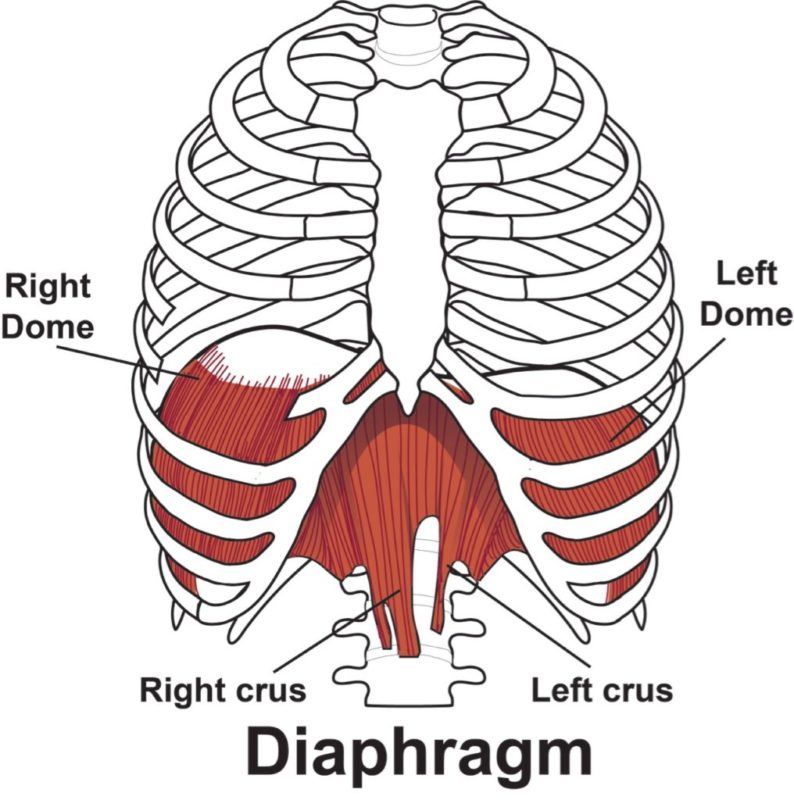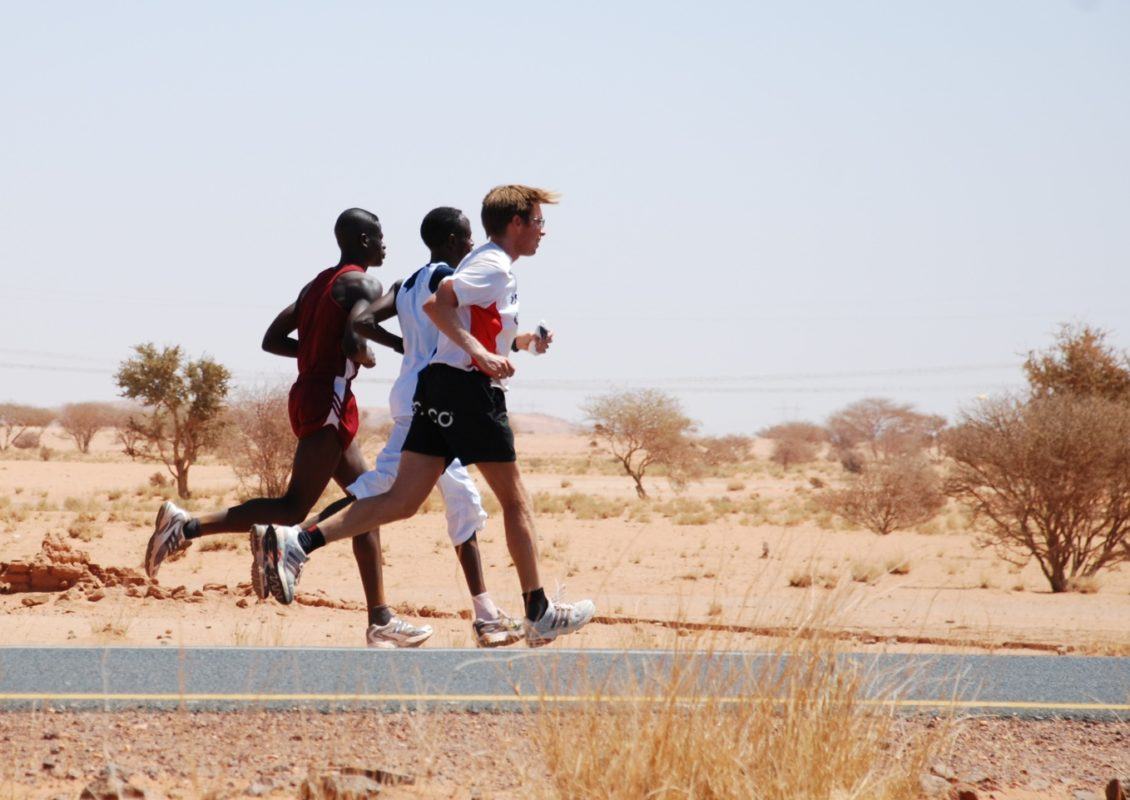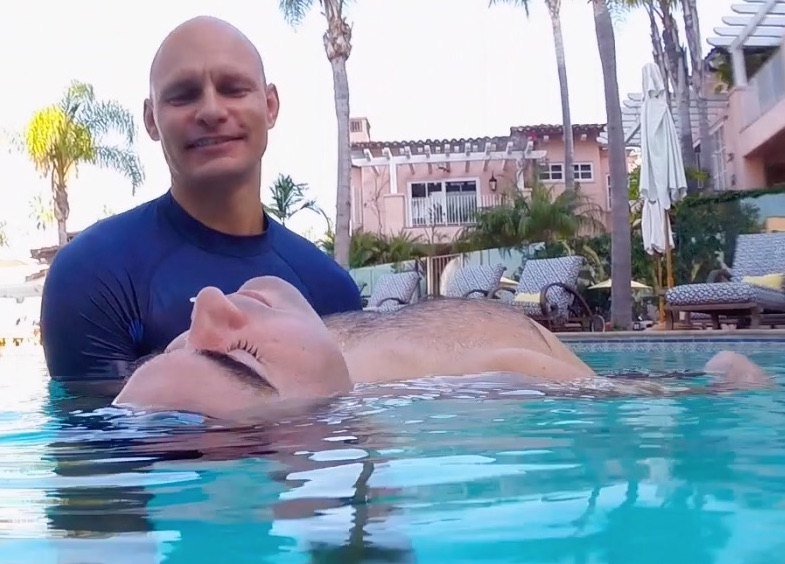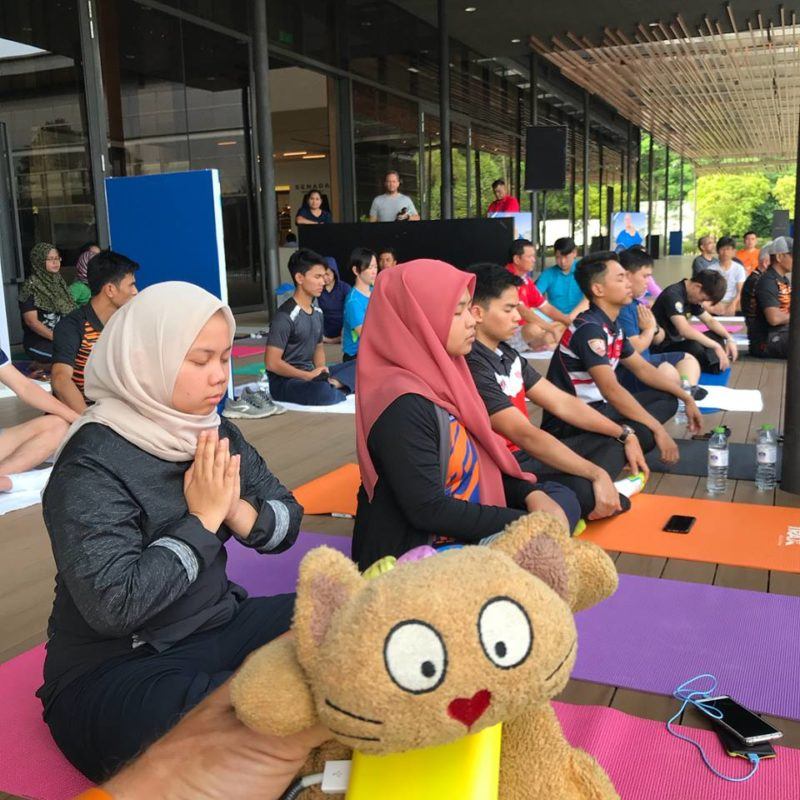Health & Rehabilitation
Breathing and Emotions
Over the past several decades mindfulness has been finding its place in the secular world. Fortunately modern science and research has been validating the links between the ancient arts and the physiological, psychological and emotional benefits these tools and techniques provide for any and all human beings. The beauty of this type of work is that it is simple and with just a bit of discipline can be practiced almost anywhere
Emotions and Breathing
Meditation and mindfulness practitioners have known for thousands of years that befriending one’s breath keeps the mind and body healthy. It also is good for living a more peaceful life. Scientists have been working to translate these ancient practices for today’s world. From very practical stress reduction abilities to exploring one’s emotions, we have seen a coming of age in a practical sense around the willingness to utilize these techniques to create a healthier inner relationship between the mind and body.
The benefits of bringing attention to your breathing are immeasurable. By learning a few simple breathing techniques, you can:
- Reduce stress levels in your body
- Lower your heart rate
- Lower your blood pressure
- Improve diabetic symptoms
- Reduce depression
- Better manage chronic pain
- Better regulate your body’s reaction to stress and fatigue
- Reduce the possibility of burnout for caregivers
Psychologists have also been utilizing the power of the breath to help their patients work their way through trauma, emotional blocks and managing day to day stressors. Various breathwork techniques allow patients to explore issues related to consciousness. The Breatheology method works to connect the mind and body through a framework of tools and techniques that can be applied in a thoughtful manner to help address any and all people that are struggling with emotional issues.
Stig Severinsen, through his life-long study of breathwork developed a unique approach of using either a soft or hard approach to help people surface and work through their inner thoughts and landscape to great benefit. Depending on the timing and nature of the inner trauma each person has a construct that can be helpful. Some people react well to slow, soft and consistent and when ready can be taught and guided through a harder push or more physically reactive techniques to release feelings that have been lodged or stuck internally.
It is common for people to experience immense amounts of energy when working through pain and trauma or any type of emotional feelings. Tears of joy and release are common and finding a path to resolution can be challenging, but proper breathing techniques, meditation and mindfulness have been shown to facilitate healing and acceptance along with humility and compassion. The mind and body are fantastic and amazing partners in the healing process when linked through conscious breathing.

6 Breathing Techniques for Heart and Brain Health:
There are a vast number of methods and practices that focus on the breath. They all concentrate on various aspects of health and mental wellbeing. Many are easily available and easy to learn. Some you can do on your own and others are best practiced with a trained professional. It all depends on how deep you want to go.
here are a few techniques and practices to get you started:
- Mindful breathing. This involves becoming aware of your breath and focusing on it. It does not involve trying to change the way you breathe. However, the act of focusing on the breath usually slows down breathing patterns, making you feel more relaxed. As you focus on how air moves in and out through your lungs and nose, it becomes a form of calming meditation.
- Square breathing. This employs visualization to create focus. As you inhale, visualize one side of a square. Then, visualize the next side of the square as you exhale. Repeat the process until you have imagined each side of a square.
- Alternate Nostril breathing. This technique can help to reduce agitation and anxiety. As you breathe you close off one nostril and take air in slowly through the other. Then switch, closing off the second nostril while breathing through the first. Repeat the process until you begin to feel calmer.
- Pranayama breathing. This cleansing breath method is used in the practice of yoga. Experts say that using pranayama has the power to clean the described 72,000 channels in the body. This type of breathing technique can clean blood and clear your respiratory system. As a result, good clean oxygen travels to the heart and the brain.
- Ratio Breathing Method. These breathing methods apply ratios to the inhale, pause, exhale, pause aspects of the breath cycle. It is a simple and straightforward method. For example you can apply a 1:1:3:1 ratio and apply a number of seconds. to each aspect of the ration. So apply 4 seconds and you would inhale for 4, pause for four, exhale for 12 and pause for four. A ratio like this can bring the focus on the exhale and stimulate the parasympathetic and vagus nerve to calm the mind and body
- Diaphragmatic breath. This type of breathing is easy to practice because you can feel your body taking in and exhaling air by the movement of your belly and diaphragm. Lie down on a bed or on the floor. Place one hand on your stomach and inhale slowly through the nose (notice the abdomen rising and the diaphragm pulling in the air). As you exhale, you gently contract the abdomen muscles and push the air out of your lungs.

Use these breathing techniques throughout the day to help you regulate stress levels and pump oxygen into your heart and brain. These exercises don’t need any special equipment and can be done anywhere. Now that you know some various breathing techniques, use them to reduce anxiety and stress, increase energy and improve the health of your heart and your brain. For more information on how to manage caregiver stress, check out our top techniques for reducing and overcoming stress.

Breatheology Courses
Learn and master conscious breathing through our online breathwork courses. Discover how simple yet powerful breathing techniques can help reduce stress, improve your mental clarity, and boost your physical performance.
Free Breathwork Courses
Kickstart your breath training journey with our free, step-by-step breathing programs designed to help you improve lung capacity, manage stress, and build focus.
Advanced Breathwork Training
Take your breathing mastery to the next level with our advanced breathwork training programs. Build resilience, enhance your endurance, and unlock greater physical and mental performance.

